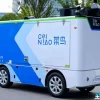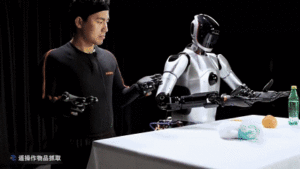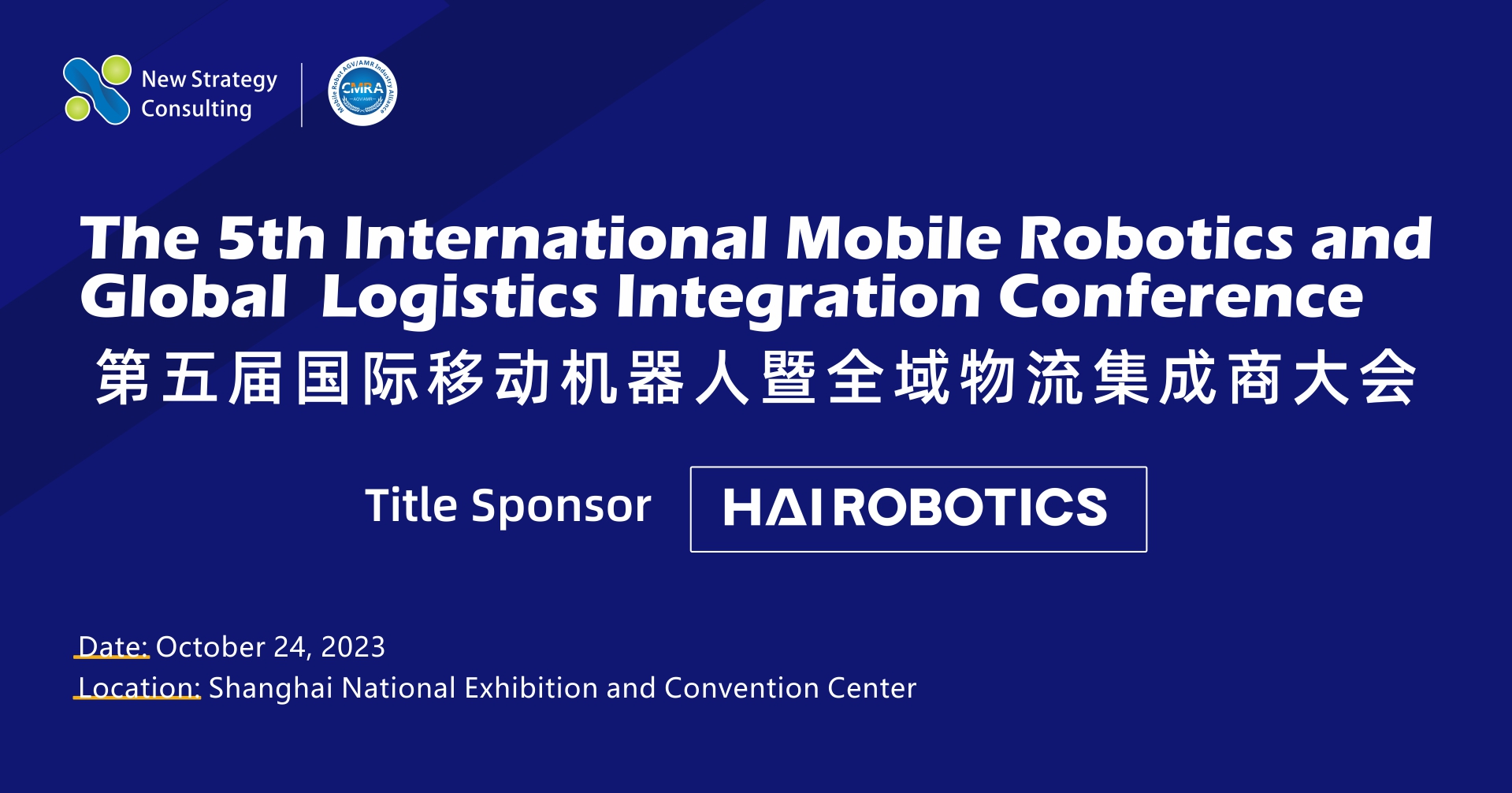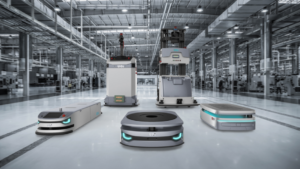Recently, the humanoid robot sector has once again become a hot topic. A group of prominent companies, including Huawei, CATL, and Changan Auto, have announced their entry into this booming field. What are the deeper drivers behind this industrial surge? Can the involvement of major players truly accelerate the commercialization of humanoid robots?
Huawei: Becoming the “Pickaxe Seller” in the Embodied Intelligence Field
On November 15, 2024, during the Artificial Intelligence Application Innovation Achievements Conference held in Shenzhen, Huawei announced the official operation of its Global Embodied Intelligence Industry Innovation Center. The event also featured the signing of a memorandum of understanding with key partners. According to the agreement, Huawei will work closely with these partners on application scenarios, facilitating the deployment of embodied intelligence and humanoid robot technologies.

In addition to corporate collaborations, Huawei actively promotes the concept of embodied intelligence on international platforms. From October 30-31, 2024, Huawei hosted the Global Mobile Broadband Forum (MBBF 2024) in Istanbul, Turkey.
Huawei’s involvement in the embodied intelligence and robotics field has a long history. In April 2022, Huawei signed a cooperation agreement with Dataa Robotics in Beijing, advancing urban cloud robotics solutions. In June 2023, Huawei established Jimu Robotics Co., Ltd., a wholly-owned subsidiary based in Dongguan with a registered capital of 870 million yuan. Its business scope includes manufacturing electronic components and conducting engineering research and experiments.
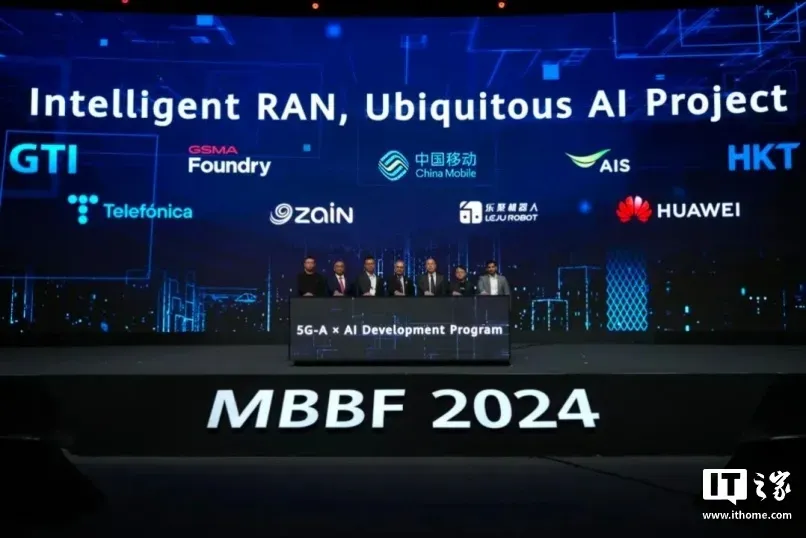
On the technical front, Huawei has released several related innovations. During the All-Connect Conference in September 2023, Huawei introduced the “Huawei Cloud Robotics Platform,” aiming to provide businesses with a flexible platform for robot applications in the next phase of AI development.
Moreover, Huawei has secured numerous patents in robotics. For example, in June 2023, Huawei Cloud Computing Technology Co., Ltd. filed a patent for a “Model Updating Method and Device,” which addresses the stability challenges of legged robots in real-world environments, providing crucial support for practical applications of robotics technology.
In November 2023, Huawei and its partner, Leju Robotics, launched the first humanoid robot based on the open-source HarmonyOS. The robot, equipped with the KaihongOS intelligent development platform, further enriched the humanoid robot ecosystem.
Through various collaborations, international ventures, and technological innovations, Huawei’s strategy in the embodied intelligence and humanoid robotics field has become increasingly clear.
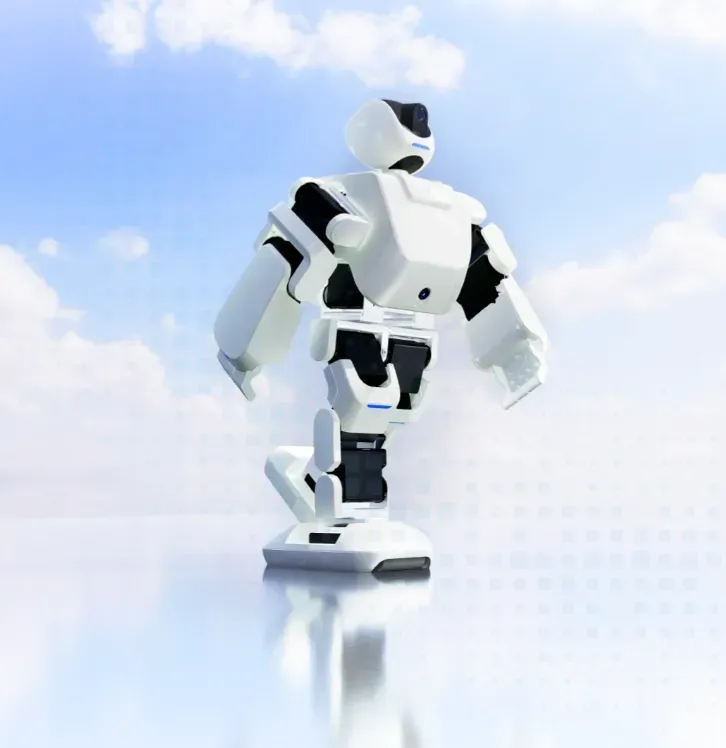
CATL: Assembling Teams for Humanoid and Quadruped Robots
According to recent media reports, CATL’s Future Energy Research Institute (Shanghai) is collaborating with Shanghai Jiao Tong University to develop several robots for factory applications.

In 2023, the Future Energy Research Institute launched five joint research projects on intelligent robots, including legged robots, bipedal robots, heavy-duty quadruped robots, humanoid robots, and visual servo robots. The institute, a wholly-owned subsidiary of CATL, aims to address the overall development needs of the group while benchmarking cutting-edge international technologies.
In addition to academic partnerships, CATL is also advancing in-house robot research and development. Its 21C Innovation Lab, focusing on frontier technologies, has assembled a team of around 20 members dedicated to developing robotic arms and other robotic technologies.
Public records reveal that CATL has secured 10 robot-related patents, covering mobile robots, material-handling robots, and robot components. The company is also engaging with several humanoid robot companies, including AgiBOT, and has begun testing humanoid robots in its battery factories.
By leveraging joint academic efforts, independent R&D, and strategic investments, CATL is making significant strides in robotics. From humanoid to quadruped robots, its initiatives reflect a deep commitment to the future of intelligent manufacturing.
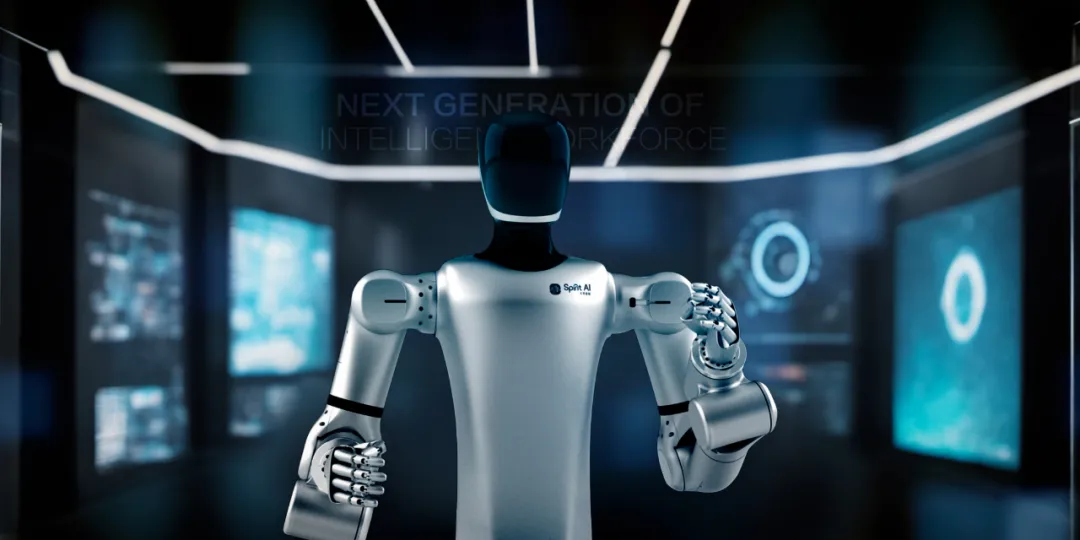
Changan Auto: Humanoid Robots by 2027
On November 15, 2024, during the Guangzhou Auto Show, Changan Auto unveiled its technological roadmap for flying cars and humanoid robots. The company emphasized its commitment to developing integrated air, land, and sea transportation solutions, marking its transition to an intelligent and low-carbon mobility technology company.
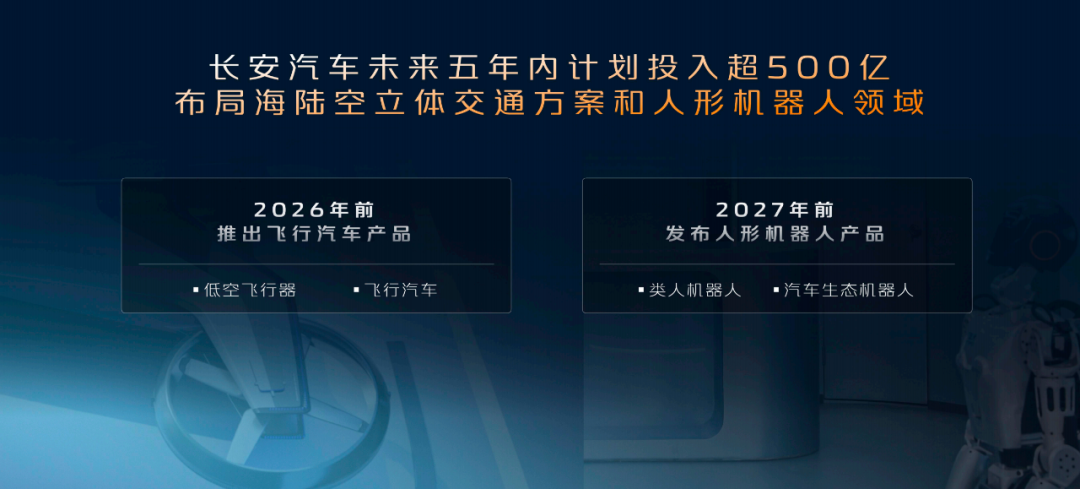
According to Changan Auto’s plan, over 50 billion yuan will be invested in the next five years for R&D and the application of new technologies. The company aims to launch flying cars by 2026 and humanoid robots by 2027. Its robotics strategy will include humanoid robots and automotive ecosystem robots, officially integrating humanoid robots into its strategic blueprint for the first time.
Previously, rumors about Changan Auto’s involvement in humanoid robotics circulated in the market. The company responded on its investor interaction platform, stating, “Currently, our main business covers vehicle R&D, manufacturing, and sales, as well as engine R&D and production. As for the robotics industry, the company is closely monitoring its cutting-edge technologies but has no active business involvement yet.” The company’s recent announcement confirms these rumors and highlights its ambition in emerging technologies.
Notably, Huawei, CATL, and Changan Auto have simultaneously unveiled their respective plans for embodied intelligence, reinforcing their collaboration. For instance, on November 8, Changan Auto and CATL signed a comprehensive strategic cooperation memorandum. Earlier collaborations among the three companies led to the high-end electric vehicle brand Avata. These partnerships create opportunities for further joint development and resource sharing in the embodied intelligence field.
Why Are Giants Flocking to the “Humanoid” Sector?
The wave of major players entering the humanoid robot sector is driven by both technological progress and industrial logic, as well as the combined forces of market demand and policy incentives. From automotive to internet tech companies and even home appliance and component manufacturers, a growing number of cross-sector players are leveraging their resources and strengths to push this field forward.
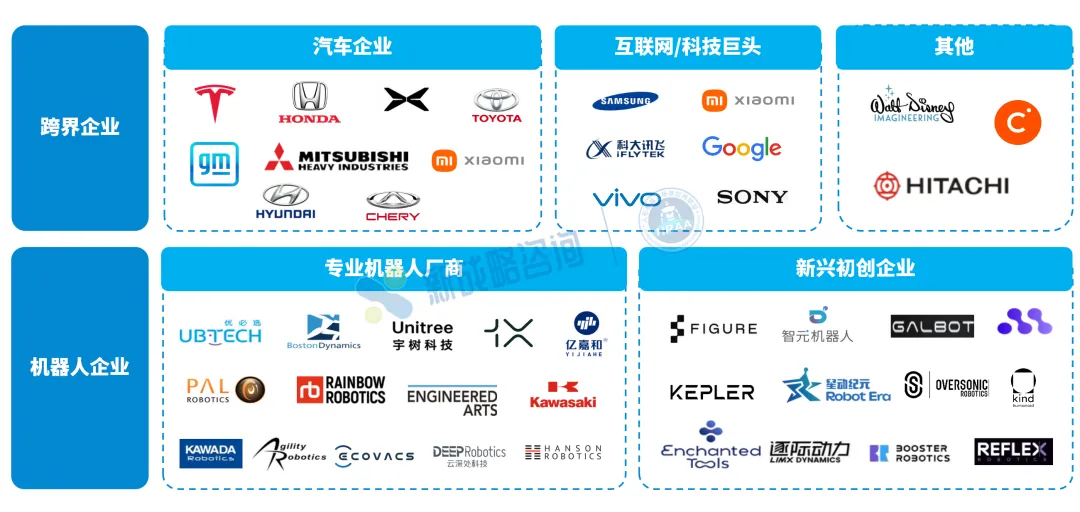
Since the Ministry of Industry and Information Technology released the Guidelines for the Innovative Development of the Humanoid Robot Industry, local governments have actively supported the industry through specialized policies and innovation center construction. This has provided resources with a favorable environment and a clear signal to the market: humanoid robots are a critical direction for future technological development.
However, amidst the hype, the industry must remain rational. Technologically, humanoid robots are still in the prototype verification and early commercialization stages, with many key challenges yet to be resolved. From a market perspective, identifying and aligning viable application scenarios with demand will be the key to achieving true scalability.

